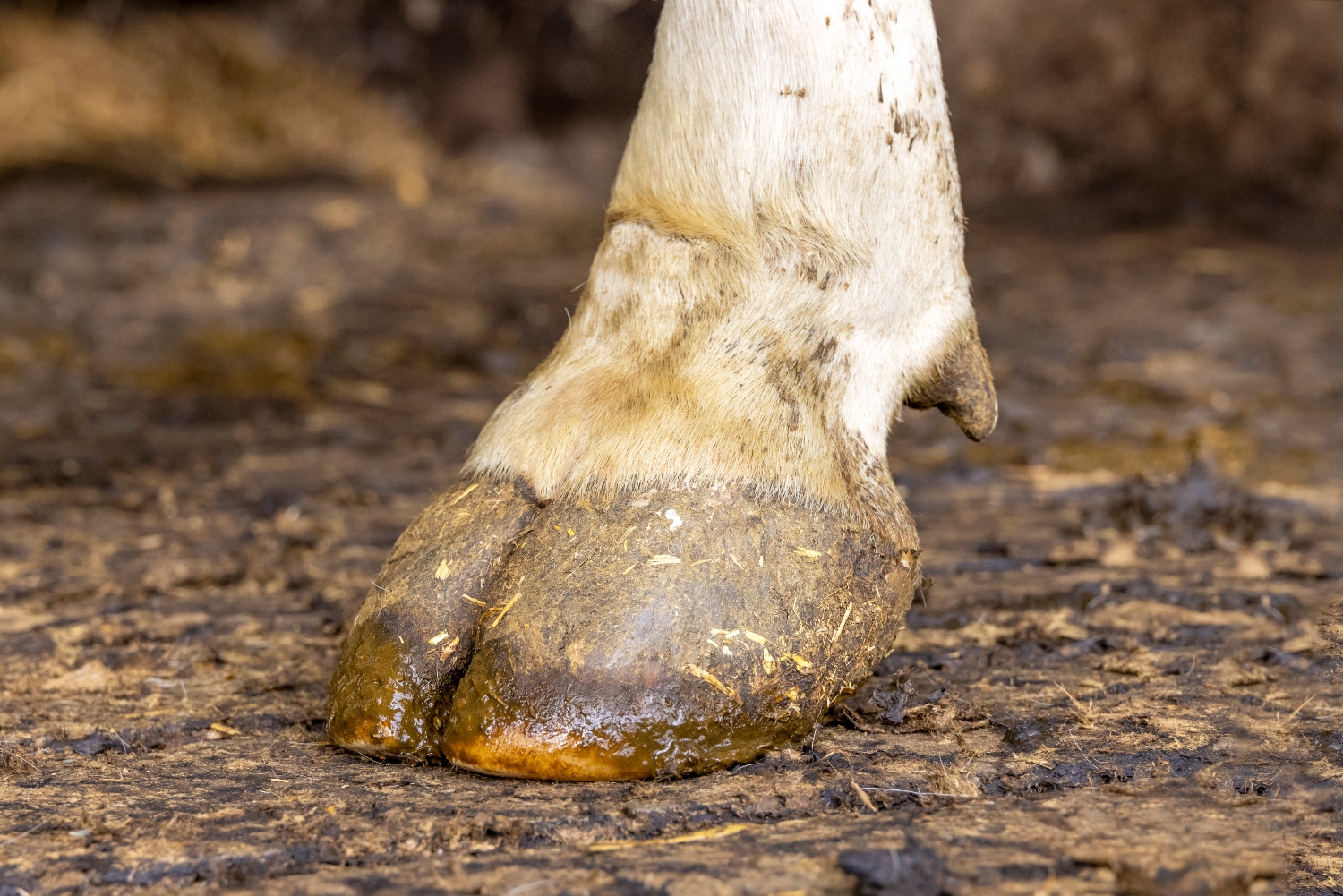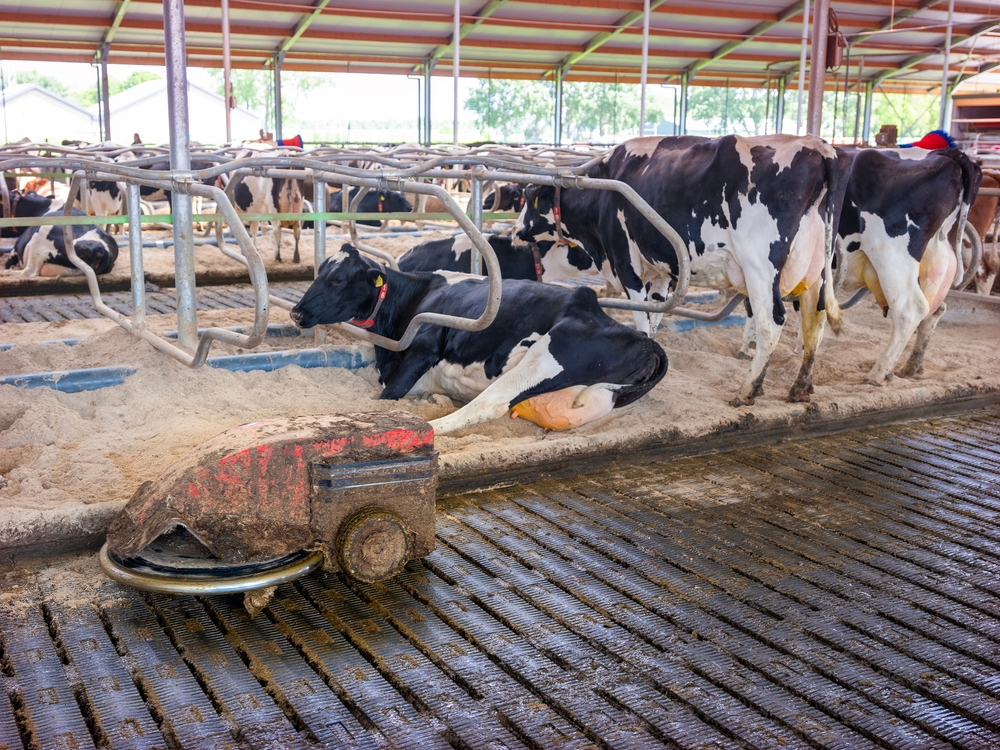‘Low-emission barns rejected’, ran the media headlines after the Council of State ruled last week that low-emission barn floors did not constitute sufficient grounds for granting nature permits for three Utrecht dairy farmers. But those newspaper headlines oversimplify the matter, says Karin Groenestein, a senior researcher in the Environment and Livestock at Wageningen Livestock Research.
Even the Council of State itself stressed that the ruling does not apply to all low-emission barn systems. It applies specifically to two types of barn floor used in dairy farming, namely the A1.13 and the A1.28. Groenestein estimates that about 5 per cent of Dutch dairy cows use such floors, whereas in total 20 per cent of dairy cows are kept in low-emission barn systems.
‘There is no reason to declare the technology a failure,’ she emphasizes. ‘The Council of State does not do that either. It does not question the effectiveness of the floor systems in general. It simply concludes that there is not enough evidence for the assumption about the size of the actual reduction in nitrogen emissions. And the law says certainty about the size of the effect is required in order to qualify for a nature permit.’
Spreading or removing
Groenestein says it is no surprise to hear there is a gap between the promised nitrogen reduction and actual reductions. Statistics Netherlands published a report showing this back in 2015. ‘Some barn systems are more sensitive to variations in the practical application than others,’ she explains.
Most low-emission barn floors work on the principle that the urine — and therefore the ammonia-containing substance — is removed quickly. Urine flows away fastest if the floor is regularly cleared of cowpats. That is not a problem when you have a new floor and wipers. If the low-emission barn floor is cleared as frequently as recommended, usually once every hour or two, it does what it is supposed to do: namely prevent ammonia from forming. But if the floor is cleared less frequently, or if the wipers are worn and therefore simply spread the manure around rather than removing it, then nitrogen emissions become a problem. Groenestein: ‘Ammonia starts forming within two hours of faeces and urine coming into contact with one another.’
Checks
‘The essence of the problem lies in how the system has been set up,’ she argues. ‘Once farmers get their permit, there are no more checks. As a result, farmers do not have an incentive to make optimum use of their low-emission barn systems. Dairy farmers have always been given a lot of leeway, but now the sector is paying the price for this.’
An MOT for barn systems sounds like a good idea
According to Groenestein, all the parties involved — the farmers, the policymakers and the barn system manufacturers — should be asking themselves ‘Is this really what we intended?’
‘In principle we know enough about what does and doesn’t work. As researchers, we have been studying this topic for a long time. One of my colleagues has suggested we should introduce an MOT for barn systems. That sounds like a good idea to me, although I realize barn technology alone will not resolve the problem. There is also lots of room for improvement in the implementation.’

 Photo Shutterstock
Photo Shutterstock 

